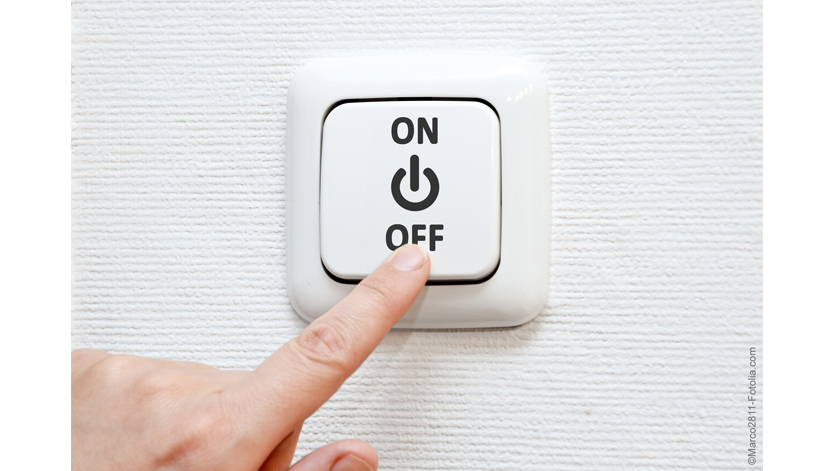
Mechanical pressure measuring instruments with integrated alarm contacts offer two functionalities in a single unit. The task of the pressure measurement is achieved without the need for any external power supply and thus always provides a reliable on-site display. At the same time, the alarm contact can open or close a circuit dependent upon the measuring instrument’s pointer position and thus undertake control and regulating functions. Depending upon the operating conditions, there are various types of switch contacts. WIKA utilises four models: Magnetic snap-action contact, reed contact, inductive contact and electronic contact.
Overview of alarm contacts
Magnetic snap-action contact
The mechanical magnetic snap-action contact is a universal contact for almost all operating conditions. It functions as follows: Its contact arm is driven by the pointer of the measuring instrument. On reaching the configured set point, the contact arm is attracted by a permanent magnet and thus jumps to the carrier arm. The permanent magnet also increases the contact pressure and protects the contacts from the effects of arcing during the switching operations. The magnetic snap-action contact is a passive, potential-free alarm contact, which needs no external power for operation. It is neither suitable for operation in hazardous areas nor for switching reliability reasons, for applications with low electrical loads (e.g. PLC). For measuring instruments with liquid filling, we recommend the use of a contact protection relay, in order to ensure a defined load.
Reed contact
Reed contacts are suitable for the switching of both high powers (up to 60 watt) and also very low currents and voltages (e.g. PLC applications). This bistable alarm contact can be set as normally closed, normally open or change-over. Its specially coated contact studs are fused into glass under an inert gas atmosphere and are thus protected from corrosion. The contact is actuated via a magnet on the pointer of the measuring instrument, contact-free and without electrical power supply. It works free from wear and, with up to 106 switching cycles, it has a very long service life. For applications with capacitive or inductive loads, a protective circuit is required due to the current and voltage spikes that occur.
Inductive contact
Inductive contacts are active alarm contacts which are used specifically for applications in hazardous areas (zone 1 and 2). They must then be operated in conjunction with an intrinsically safe isolating amplifier. This type of contact is particularly suitable for processes which require reliable signalling with high switching frequency. Inductive contacts are also free from wear. The key elements are the control head attached to the set pointer, with completely potted electronics, and also the mechanical design with the pointer flag which is moved by the measuring instrument’s pointer. When the flag enters the slot in the control head this then increases its electrical field. The change in the current that this causes acts as the input signal for the switching amplifier of the control unit.
Electronic contact
Electronic contacts can switch small voltages and currents directly and are therefore especially suitable for PLCs and similar applications. They are made up of an inductive contact with an integrated switching amplifier (PNP/NPN transistor stage). A control unit is therefore not required. As with the inductive contact, the switching operation of this alarm contact results from the interaction of the control head and the moving pointer flag. Electronic contacts are thus also notable for their wear-free operation and their long service life. They are not, however, suitable for use in hazardous areas.

The alarm contacts used by WIKA (from left to right): Magnetic snap-action contact, reed contact, inductive contact and electronic contact.
Note
Further information on WIKA’s alarm contacts can be found in the relevant data sheet (PDF).
Find out more about the differences between contact pressure gauges, thermometers with switch contacts as well as mechanical pressure and temperature switches in the following video :

